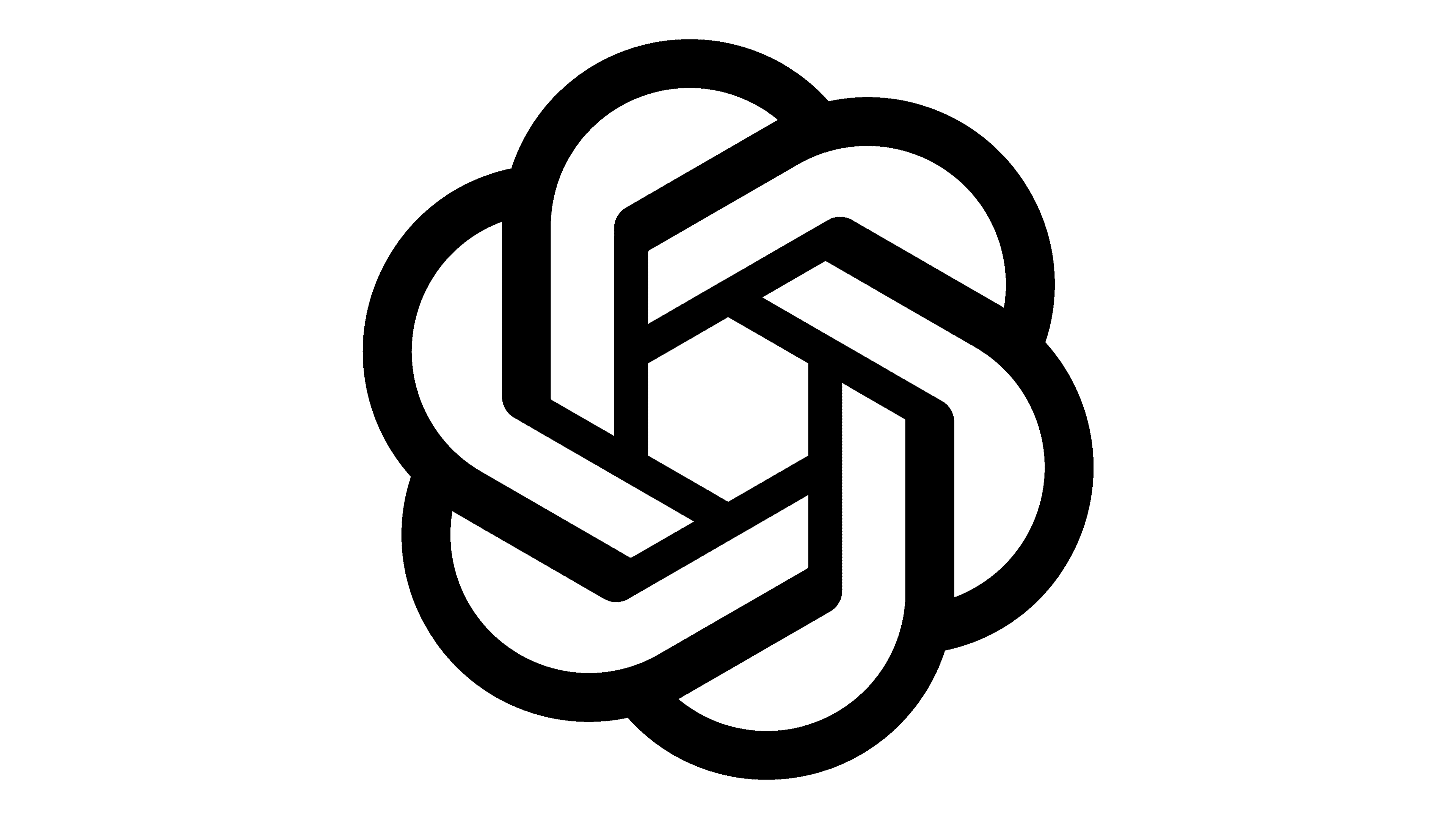1. The Evolution of
ChatGPT
GPT-1: The Beginning
Release Date: June 2018
Key Features:
- 117 million parameters.
- Demonstrated the potential of
transformer-based models for natural language processing (NLP).
Limitations:
- Limited context understanding.
- Struggled with generating
coherent long-form text.
Use Cases:
Basic text generation
and completion tasks
GPT-2: A Leap Forward
Release Date: February 2019
Key Features:
- 1.5 billion parameters.
- Improved text generation and coherence.
- Capable of zero-shot learning (performing tasks without
explicit training).
Limitations:
- OpenAI initially withheld the full model due to
concerns about misuse.
- Still prone to generating biased or incorrect
information.
Use Cases:
- Content creation, summarization, and basic
conversational AI.
GPT-3: The Game
Changer
Release Date: June 2020
Key Features:
- 175 billion parameters.
- Exceptional text generation and understanding.
- Supports few-shot and zero-shot learning.
- Versatile across a wide range of tasks (translation,
coding, creative writing, etc.).
Limitations:
- High computational cost.
- Occasional factual inaccuracies and biases.
Use Cases:
- Advanced chatbots, code generation, and sophisticated
content creation.
GPT-3.5: Refinement and Accessibility
Release Date: Early 2022
Key Features:
- Fine-tuned version of GPT-3.
- Improved performance and reduced costs.
- Enhanced conversational abilities.
Limitations:
- Still inherits some biases and inaccuracies from GPT-3.
Use Cases:
- Widely used in ChatGPT (free version) for
general-purpose applications.
GPT-4: The State-of-the-Art
Release Date: March 2023
Key Features:
- Multimodal capabilities (can process both text and
images).
- Improved accuracy, reasoning, and context
understanding.
- Better handling of complex tasks and nuanced
instructions.
- Reduced biases and safer outputs.
Limitations:
- Higher computational requirements.
- Still not perfect; requires careful monitoring for
sensitive applications.
Use Cases:
- Advanced AI applications, enterprise solutions, and
research.
2. Key Features of Each Version
|
Version |
Parameters |
Key Strengths |
Limitations |
|
GPT-1 |
117M |
Basic text generation |
Limited coherence |
|
GPT-2 |
1.5B |
Zero-shot learning |
Risk of misuse |
|
GPT-3 |
175B |
Versatility, few-shot learning |
High cost, biases |
|
GPT-3.5 |
Fine-tuned GPT-3 |
Cost-effective, conversational |
Inherits GPT-3 limitations |
|
GPT-4 |
Multimodal |
Advanced reasoning, multimodal |
High computational cost |
3. Use Cases Across Versions
Content Creation
- GPT-2:
Basic blog posts, social media content.
- GPT-3/3.5:
High-quality articles, marketing copy, and creative writing.
- GPT-4:
Multimodal content (e.g., generating text based on images).
- GPT-2:
Simple FAQ responses.
- GPT-3/3.5:
Advanced chatbots for handling complex queries.
- GPT-4:
Context-aware, personalized customer interactions.
Education
- GPT-2:
Basic tutoring and explanations.
- GPT-3/3.5:
Interactive learning tools and personalized study plans.
- GPT-4:
Multimodal educational content (e.g., explaining diagrams or images).
Coding and Development
- GPT-2:
Simple code snippets.
- GPT-3/3.5:
Code generation, debugging, and documentation.
- GPT-4:
Advanced programming assistance and integration with visual inputs.
Research and Analysis
- GPT-2:
Summarizing research papers.
- GPT-3/3.5:
Data analysis and report generation.
- GPT-4:
Complex problem-solving and hypothesis testing.
4. Choosing the Right Version for Your Needs
- For Budget-Conscious Users: GPT-3.5 offers a great
balance of performance and cost.
- For Advanced Applications: GPT-4 is ideal for tasks
requiring high accuracy, reasoning, and multimodal capabilities.
- For Basic Tasks: GPT-2 or GPT-3 may suffice for simpler
applications.
5. The Future of ChatGPT
OpenAI continues to
innovate, with future versions likely to focus on:
§ Reducing biases: Ensuring fair and unbiased outputs.
§ Improving efficiency: Lowering computational costs.
§ Expanding capabilities: Incorporating more modalities (e.g., audio,
video).
6. Conclusion
The evolution of
ChatGPT has been nothing short of remarkable. From GPT-1’s humble beginnings to
GPT-4’s state-of-the-art capabilities, each version has pushed the boundaries
of what AI can achieve. Whether you’re a developer, business owner, or casual
user, understanding these versions can help you leverage the right tools for
your needs.
As AI continues to
advance, the possibilities are endless. Stay tuned for future updates and
explore how ChatGPT can transform your workflows and creativity!
